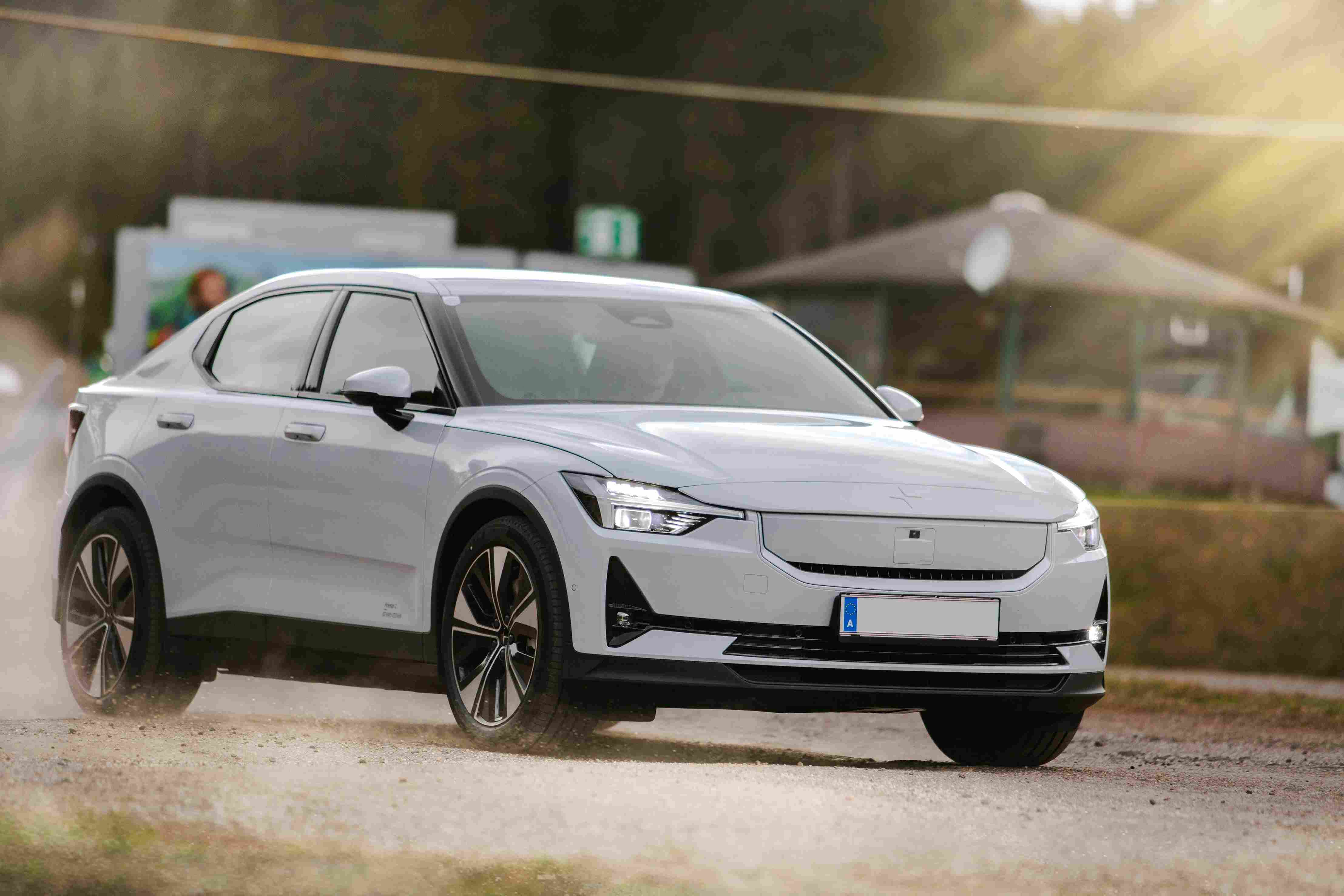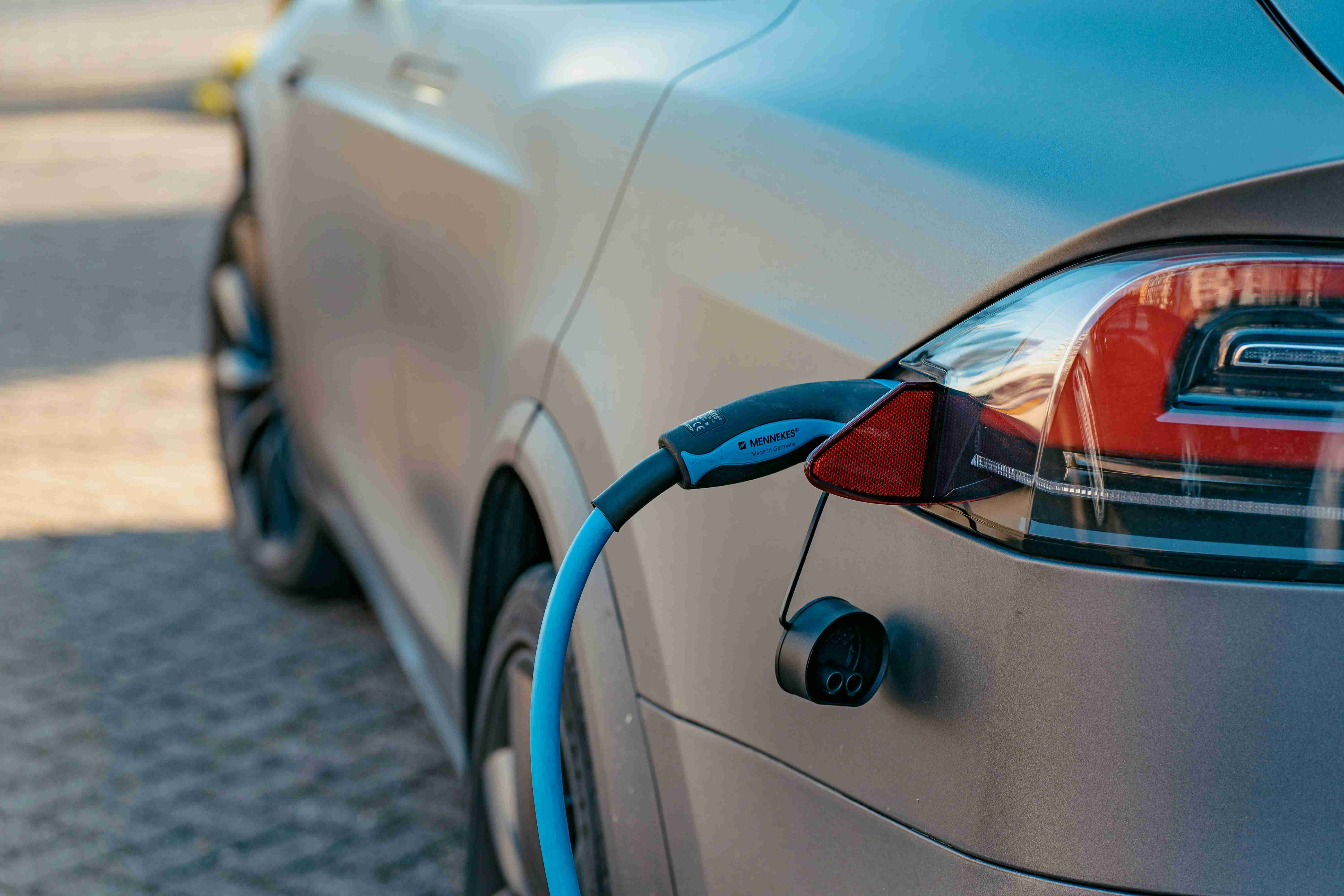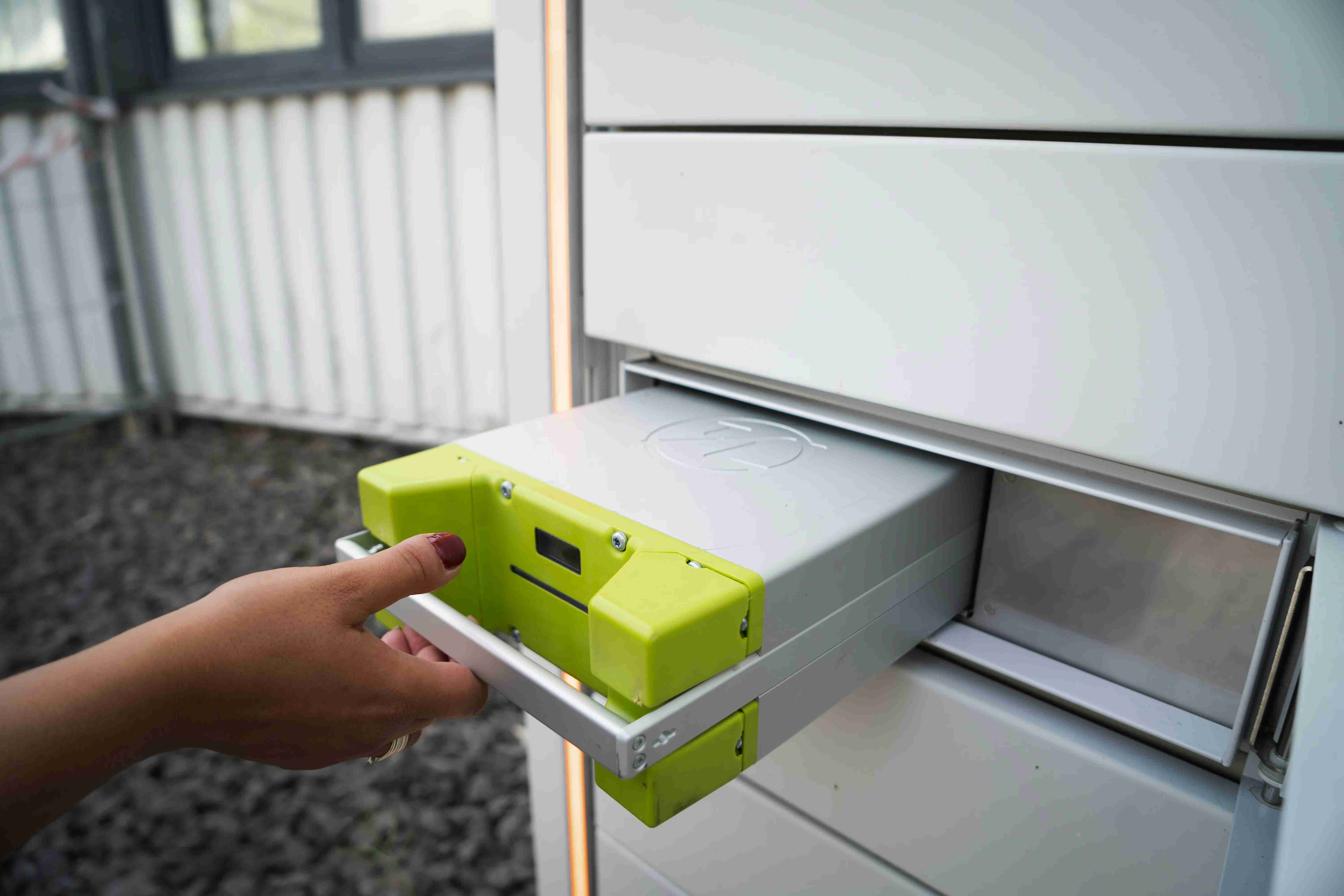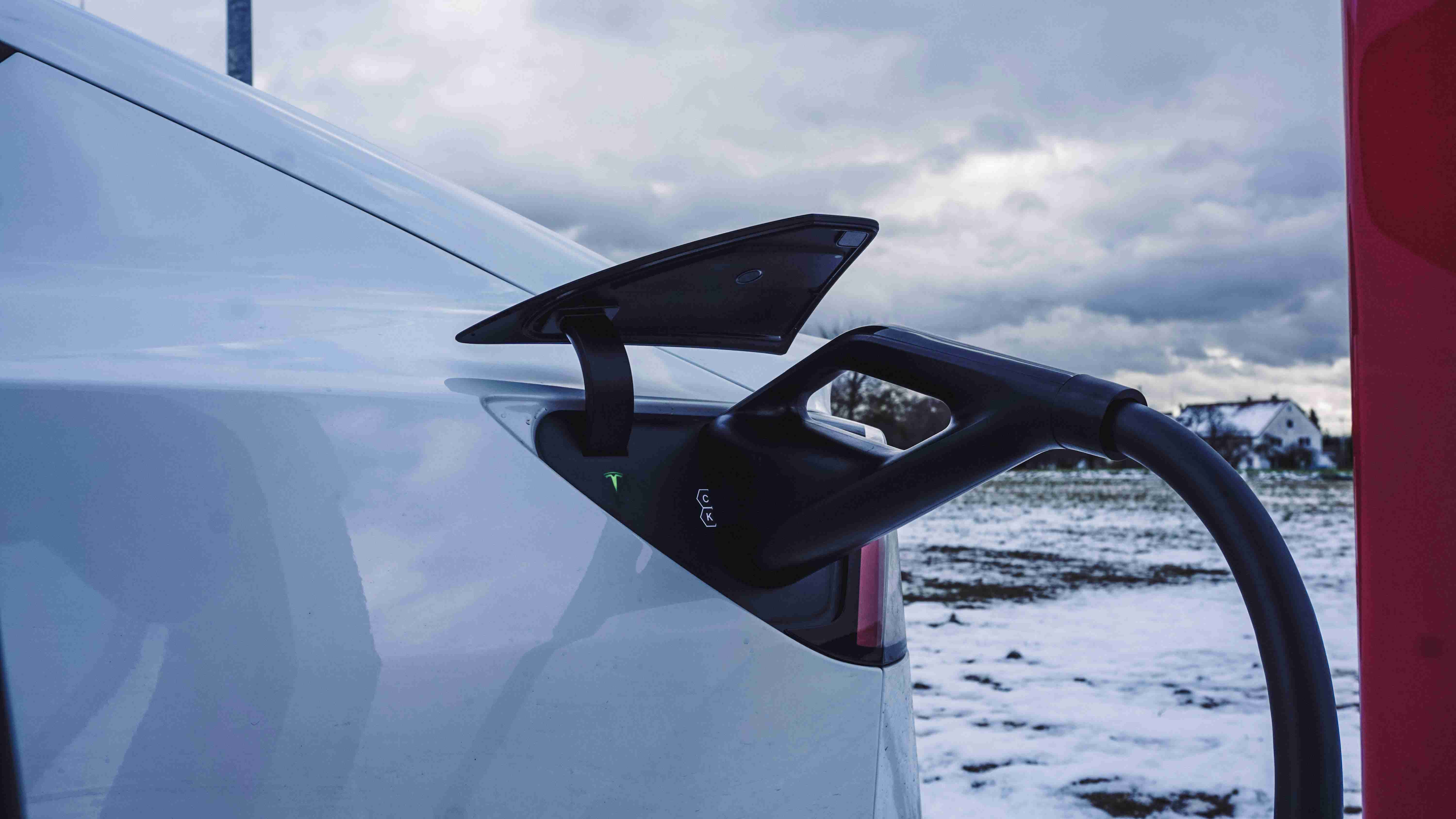Range Anxiety No More: How Far Can Modern EVs Really Go?
Understanding Range Anxiety
Probably any time you've had a discussion on electric vehicles or contemplated buying one, the topic of range on a single charge came up. There's no way around it—I do think people overestimate its importance, likely due to the endowment effect or status quo bias from the ICEs we've known for decades. Nevertheless, it's still a very important topic. Range anxiety refers to the fear that an electric vehicle will run out of battery before reaching its destination or a charging station. It's a common concern among potential EV buyers, but how justified is it today? Let's find out by exploring the advancements in EV range and how modern electric vehicles are addressing these concerns.
Modern EV Ranges: The Game Changers
Tesla Model S Long Range
The Tesla Model S Long Range boasts an impressive range of up to 405 miles on a single charge. This range is comparable to many gasoline vehicles, effectively eliminating range anxiety for most drivers. Whether you're commuting to work or embarking on a road trip, the Model S has you covered.
Lucid Air
The Lucid Air takes it a step further with a range of up to 520 miles. This groundbreaking range is a testament to the advancements in battery technology and efficiency. With the Lucid Air, you can drive from Los Angeles to San Francisco and back without needing to recharge.
Ford Mustang Mach-E
The Ford Mustang Mach-E offers a range of up to 300 miles, making it a strong contender in the EV market. Its combination of performance, style, and range makes it an excellent choice for both city driving and longer journeys.
Real-World Examples
To put things into perspective, let's compare the range of these modern EVs with some traditional gasoline cars:
| Vehicle | Range (miles) | Refueling/Recharging Time |
|---|---|---|
| Tesla Model S Long Range | 405 | 30 minutes (Supercharger) |
| Lucid Air | 520 | 20 minutes (Fast Charger) |
| Ford Mustang Mach-E | 300 | 38 minutes (Fast Charger) |
| Toyota Camry (Gasoline) | 420 | 5 minutes |
| Honda Accord (Gasoline) | 480 | 5 minutes |
The Role of Charging Infrastructure
A key factor in reducing range anxiety is the availability of charging infrastructure. The good news is that charging stations are becoming more common and more advanced. Here are some developments making a big impact:
- Superchargers and Fast Chargers: These high-speed chargers can recharge an EV battery to 80% in 20-30 minutes, perfect for road trips.
- Destination Chargers: Located at hotels, shopping centers, and other destinations, these chargers make it convenient to charge while you go about your day.
- Home Charging: Many EV owners install home chargers, allowing them to start each day with a full battery. Overnight charging at home is both cost-effective and convenient.
- Wireless Charging: Emerging technology in wireless charging aims to make charging as easy as parking your car. While still in development, this could revolutionize the EV experience.
Overcoming Range Anxiety
So, how can you overcome range anxiety if you're still feeling hesitant? Here are some tips:
- Plan Your Trips: Use route planners to find charging stations along your journey.
- Know Your Range: Familiarize yourself with your vehicle's range and charging options.
- Take Advantage of Apps: There are numerous apps available that show you real-time data on charging station availability and condition.
- Trust the Technology: Modern EVs are equipped with advanced battery management systems that optimize range and provide accurate range estimates.

Case Study: London Westminster to Manchester
Let's take a closer look at a real-world example of traveling from London Westminster to Manchester in an electric vehicle. This journey covers approximately 320 kilometers (199 miles) and is a common route for both business and leisure travelers in the UK.
Charging Infrastructure Along the Route
The UK has made significant investments in its EV charging infrastructure, particularly along major routes. Here are some key charging locations you'll find along the way:
- London Westminster: Multiple charging points available, including ChargePoint and Pod Point chargers.
- Milton Keynes: BP Pulse charging stations with fast chargers.
- Northampton: Ecotricity charging stations located at service areas.
- Birmingham: Ionity charging station with high-power chargers.
- Stoke-on-Trent: Shell Recharge fast charging station.
- Manchester: Multiple charging points, including Tesla Superchargers and GeniePoint chargers.
Journey Breakdown
| City | Charging Station | Charging Time |
|---|---|---|
| London Westminster | ChargePoint at Westminster | 30 minutes |
| Milton Keynes | BP Pulse Charging Station | 20 minutes |
| Northampton | Ecotricity Charging Station | 25 minutes |
| Birmingham | Ionity Charging Station | 30 minutes |
| Stoke-on-Trent | Shell Recharge Charging Station | 20 minutes |
| Manchester | Tesla Supercharger at Manchester Central | 30 minutes |
This case study shows that the trip from London Westminster to Manchester is not only feasible but also convenient for EV drivers. The availability of fast chargers along the route ensures minimal delays, making long-distance travel in an electric vehicle a practical choice.
The EV-Global Team Verdict
Range anxiety is becoming a thing of the past. With modern EVs offering ranges comparable to, or even exceeding, those of traditional gasoline vehicles, there's never been a better time to go electric. The continuous expansion of the charging infrastructure further supports the shift to EVs, making long-distance travel more convenient and accessible. As the technology and infrastructure continue to evolve, the future of driving looks increasingly electric, with range anxiety fading into history.
Ready to take the plunge? Check out our detailed articles on EV ownership and the latest advancements in electric vehicle technology. And remember, the future of driving is electric!



